 Abraham Lincoln
If given the truth, the people can be depended upon to meet any national crisis...
Abraham Lincoln
If given the truth, the people can be depended upon to meet any national crisis...
 Guildford news...
for Guildford people, brought to you by Guildford reporters - Guildford's own news service
Guildford news...
for Guildford people, brought to you by Guildford reporters - Guildford's own news service
How Vital Is Our Surrey Heathland?
Published on: 18 Nov, 2016
Updated on: 21 Nov, 2016
Dragon reader, and Hon Alderman, Gordon Bridger in a letter: Why Special Treatment For These Birds? asked whether our regular bird watching columnist Malcolm Fincham why £5.2 million had been spent protecting rare bird species on Surrey’s heathland. This is Malcolm’s response…
By Malcolm Fincham
Approximately 58,000 hectares of lowland heathland (20% of the world’s total) are found in the UK. Even so, this represents less than one sixth of the heathland that was present in 1800.
What remains of our Surrey heathland is of vital importance for the survival of our heathland birds. Especially in my view, our ground nesting ones.
With urban encroachment on areas close to these sites, problems continue to increase for their survival.
These include ground nesting birds such as our summer visiting nightjars, rarely seen in daylight hours, even by the keenest of birdwatchers.
They are easily overlooked, as they are only active between dusk and dawn, feeding on insects and moths.
Having been a dog owner myself, I fully understand the need for their daily exercise. However, ignorance is something we all suffer, through lack of knowledge in our daily lives. And our ground-nesting birds are under increasing pressure from heathland users, particularly those walking dogs which may scare brooding birds from their nests.
Also guilty of owning a cat, as adorable as they may be, I am well aware of the devastation they can cause to our wildlife.
And with continued encroachment of housing close to heathland habitats, it not only brings more human visitation, but also visits from our feline friends, with their natural predatory skills.
Woodlarks are one of a few species that are slowly starting to make a comeback on a few of our local heathlands in recent years.
While stonechats are now starting to stabilise in number in some areas.
Skylarks have declined, greatly, since my youth, now absent from Whitmoor Common, where I recall seeing and hearing their delightful sound, more than 30 years ago.
Reptiles such as lizards, grass snakes, adders and slow worms are also ecologically vital to such areas.
Many former heaths have also been lost to agriculture or forestry, or have been fragmented by development.
Dartford warblers are not only sensitive to prolonged cold winters, but are reliant on such environments, where they feed in a micro-climate within gorse bushes when snow falls, feeding on a vital food supply of spiders and insects.
Winter also brings possible sightings of short-eared owls to these areas.
And, if lucky even a hen harrier on to their favoured habitat.
Recent research indicates that as much as 15% is still being lost every decade, and that over 75% of remaining heathland is in poor condition.
Lack of management causing the invasion of bracken and scrub is a problem on many sites.
To quote a statement by the Wildlife Trust: “Lowland heathland is the product of thousands of years of partnership between humans and their grazing animals.
“Left to its own devices, this habitat would deteriorate, resulting in the loss of many much-loved species. The Wildlife Trusts help to protect and restore lowland heathland by managing nature reserves which contain it sympathetically, and by providing advice to landowners on how to look after these fragile places.”
Responses to How Vital Is Our Surrey Heathland?
Leave a Comment Cancel replyPlease see our comments policy. All comments are moderated and may take time to appear.
Recent Articles
- Guildford Institute’s Crowdfunding Project for Accessible Toilet in its New Community and Wellbeing Centre
- Letter: Guildford – Another Opportunity Missed?
- Letter: GBC’s Corporate Strategy – Where Is the Ambition?
- My Memories of John Mayall at a Ground-breaking Gig in Guildford Nearly Six Decades Ago
- Westborough HMO Plans ‘Losing the Heart of the Street’ Says Resident
- College Invests to Boost Surrey’s Economy and Close Digital Skills Gap
- Community Lottery Brings Big Wins for Local Charities
- GBC Housing Plan Promises ‘A Vibrant Urban Neighbourhood’ Near Town Centre
- Hospital Pillows ‘Shortage’ at the Royal Surrey
- Updated: Caravans Set Up Camp at Ash Manor School


Recent Comments
- Ian Macpherson on Updated: Main Guildford to Godalming Road Closed Until August 1
- Sara Tokunaga on GBC Housing Plan Promises ‘A Vibrant Urban Neighbourhood’ Near Town Centre
- Michael Courtnage on Daily Mail Online Reports Guildford Has Highest-paid Council Officer
- Alan Judge on GBC Housing Plan Promises ‘A Vibrant Urban Neighbourhood’ Near Town Centre
- John Perkins on GBC Housing Plan Promises ‘A Vibrant Urban Neighbourhood’ Near Town Centre
- S Collins on GBC Housing Plan Promises ‘A Vibrant Urban Neighbourhood’ Near Town Centre
Search in Site
Media Gallery
Dragon Interview: Local Artist Leaves Her Mark At One of England’s Most Historic Buildings
January 21, 2023 / No Comment / Read MoreDragon Interview: Lib Dem Planning Chair: ‘Current Policy Doesn’t Work for Local People’
January 19, 2023 / No Comment / Read MoreA3 Tunnel in Guildford ‘Necessary’ for New Homes, Says Guildford’s MP
January 10, 2023 / No Comment / Read More‘Madness’ for London Road Scheme to Go Ahead Against ‘Huge Opposition’, Says SCC Leader
January 6, 2023 / No Comment / Read MoreCouncillor’s Son Starts Campaign for More Consultation on North Street Plan
December 30, 2022 / No Comment / Read MoreCounty Council Climbs Down Over London Road Works – Further ‘Engagement’ Period Announced
December 14, 2022 / No Comment / Read MoreDragon Interview: GBC Reaction to the Government’s Expected Decision to Relax Housing Targets
December 7, 2022 / No Comment / Read MoreHow Can Our Town Centre Businesses Recover? Watch the Shop Front Debate
May 18, 2020 / No Comment / Read More



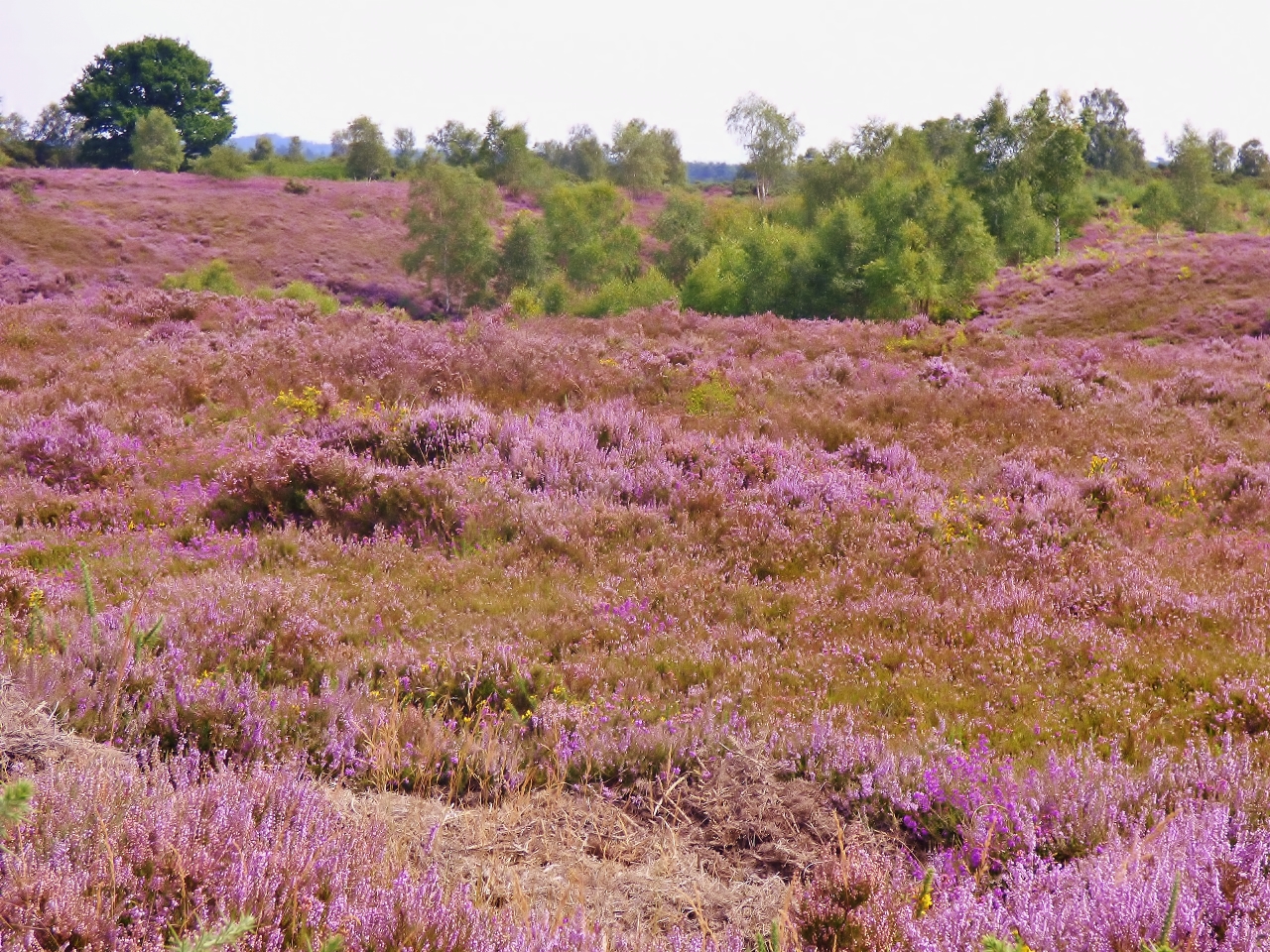
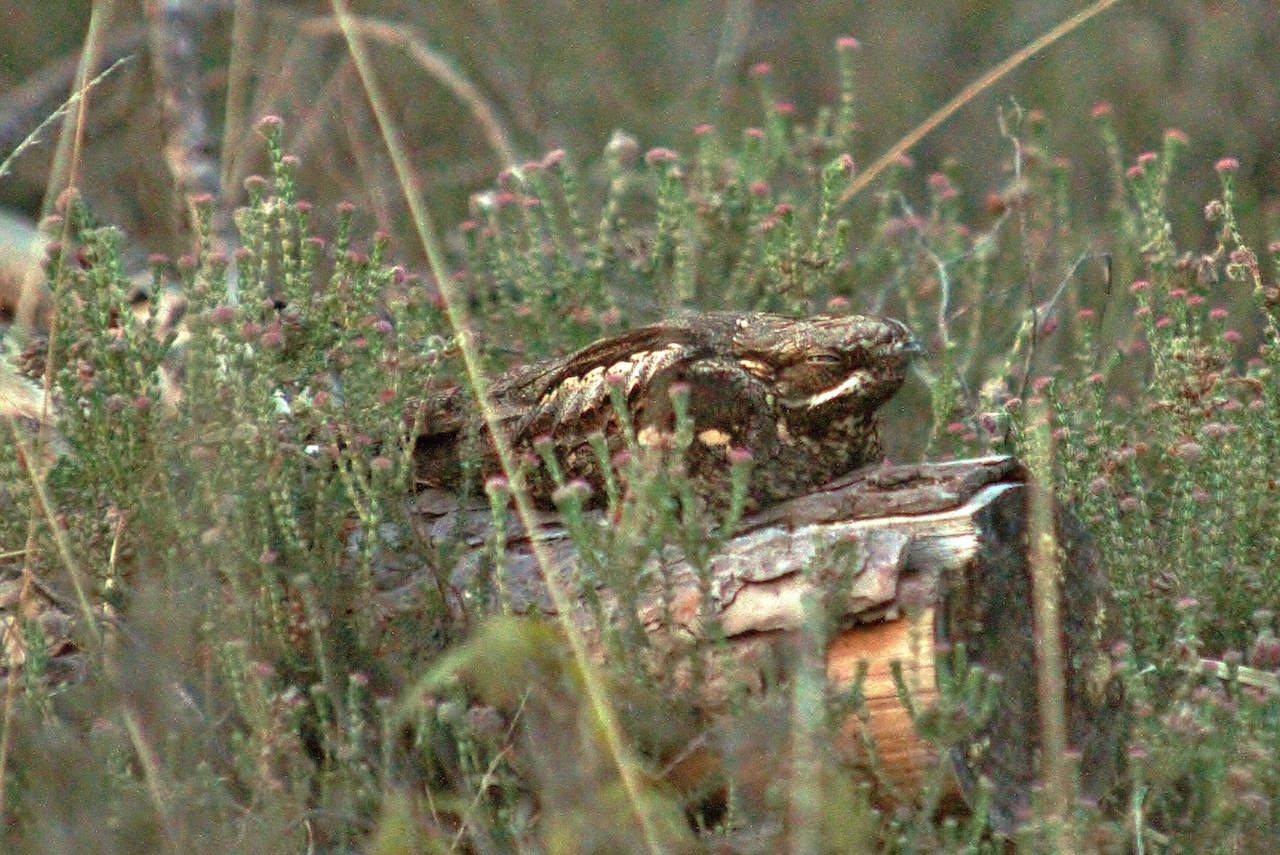
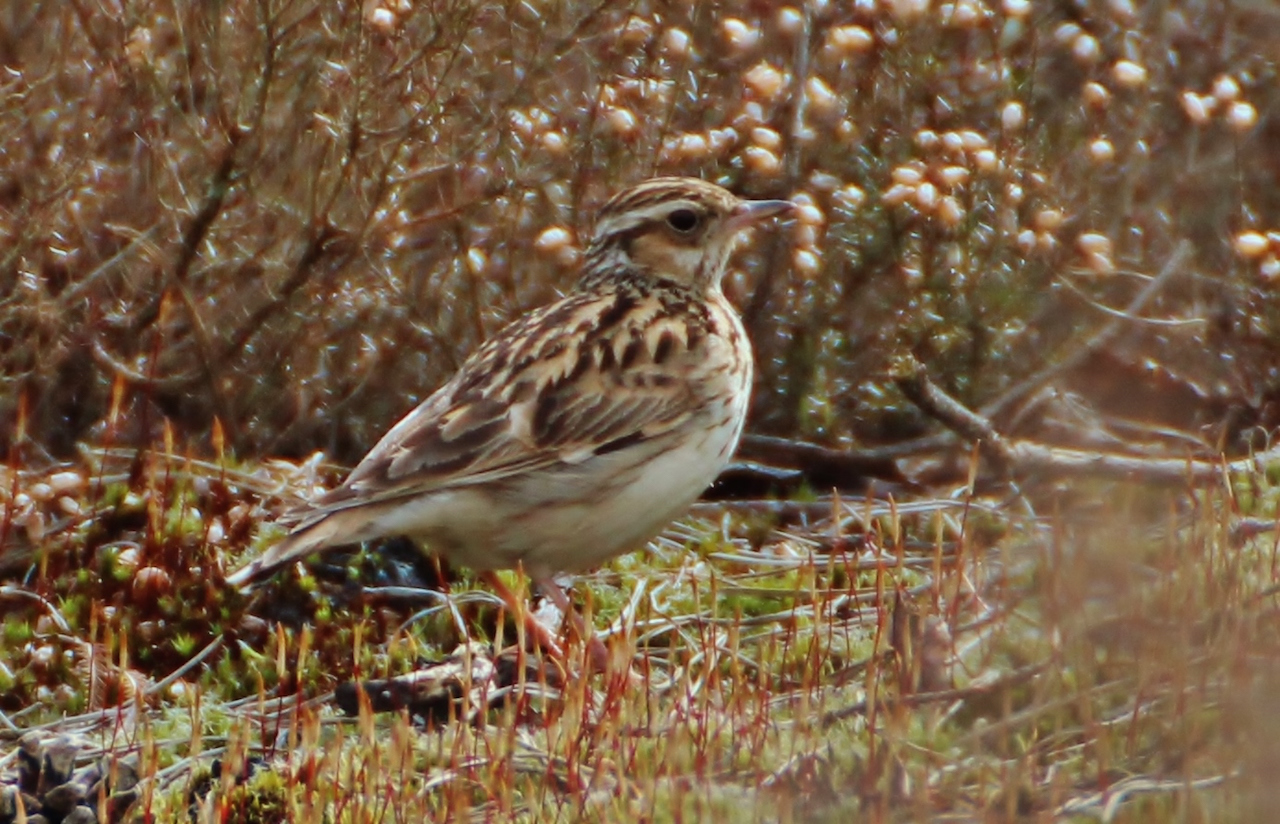
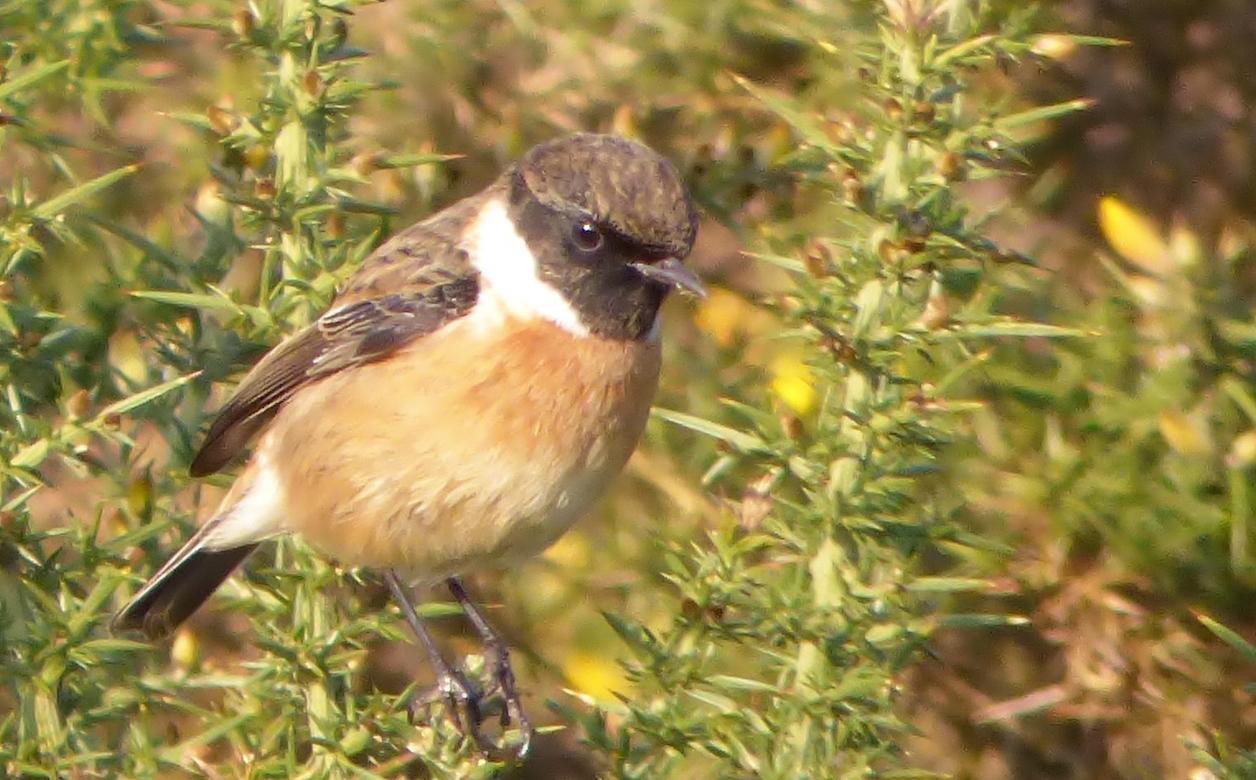
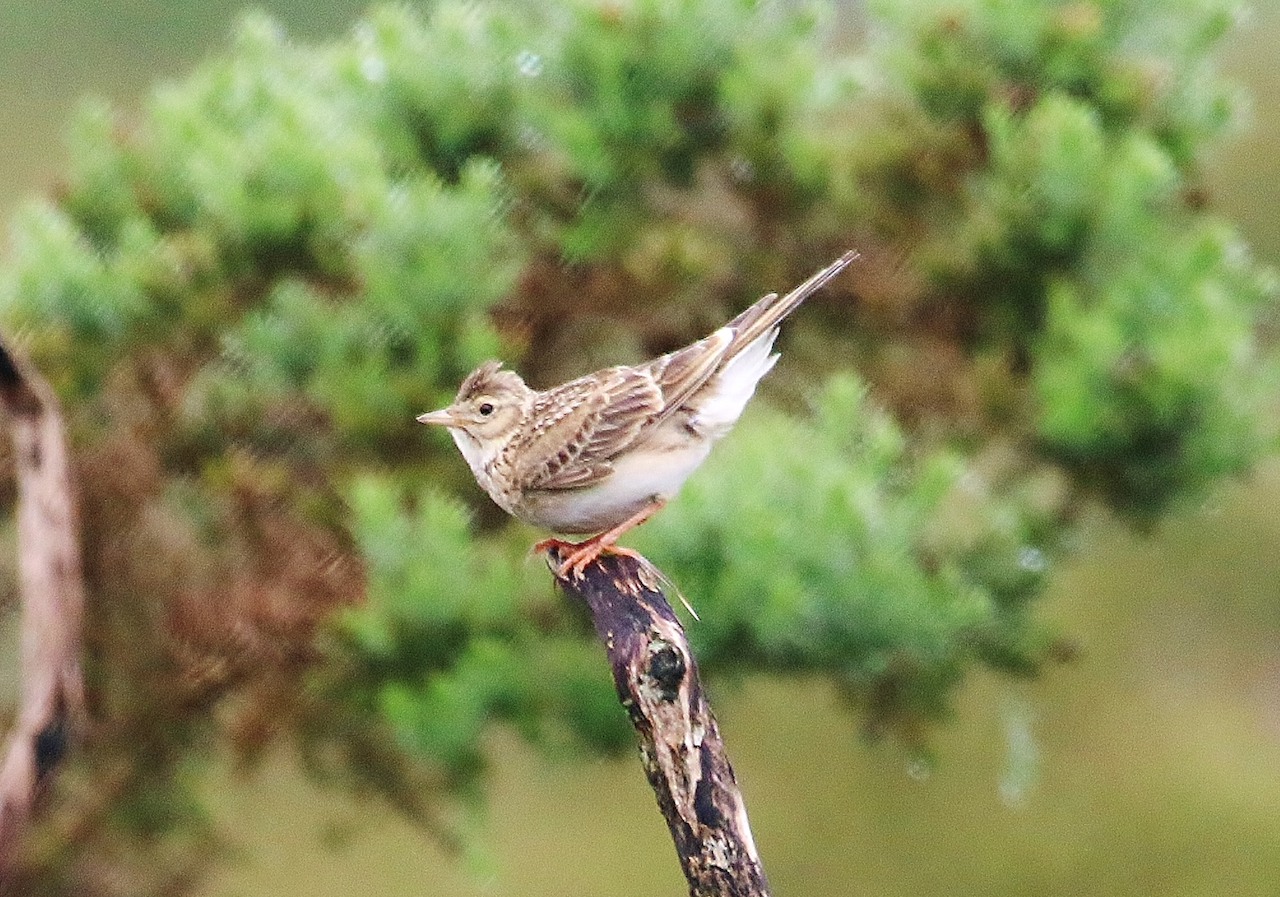
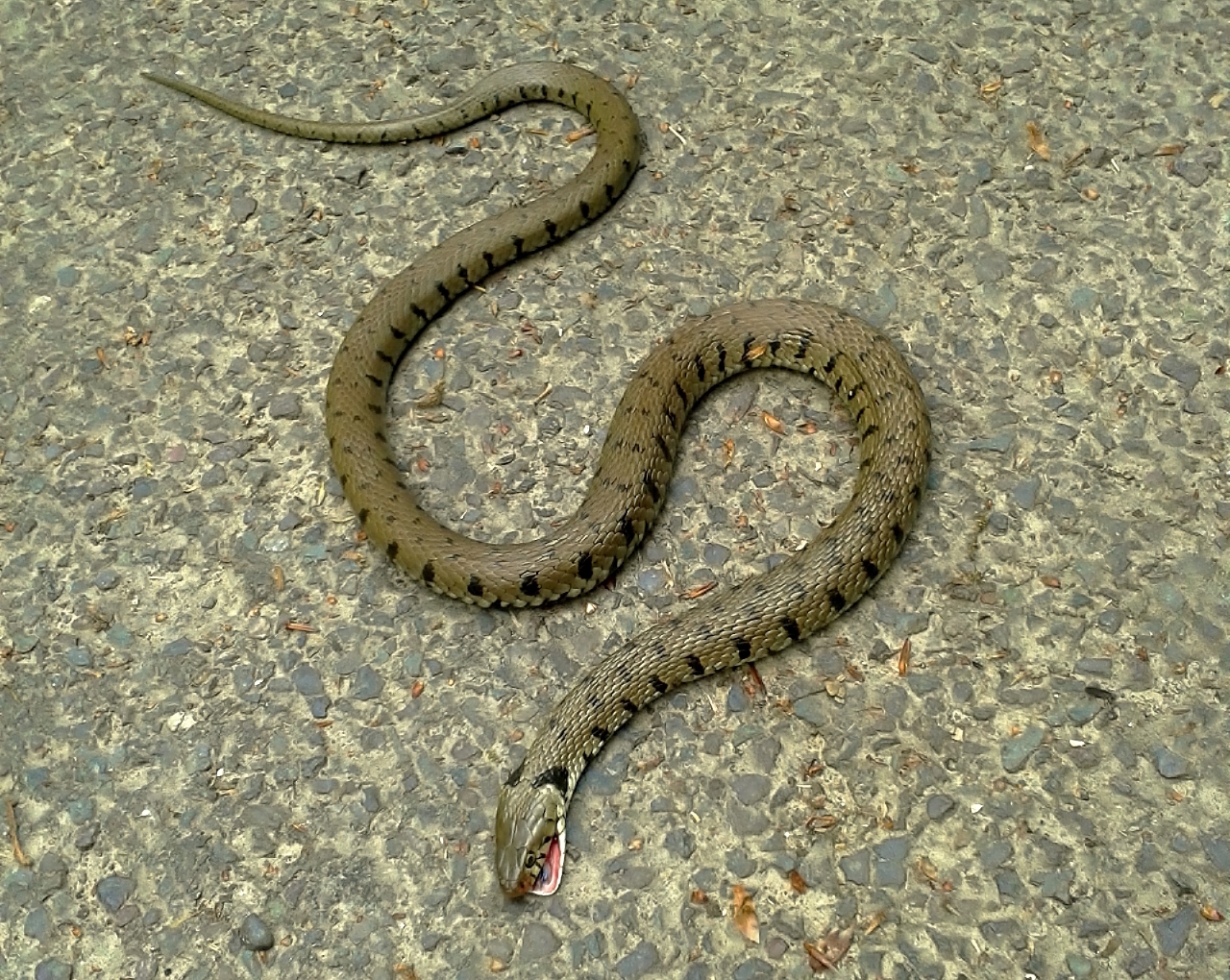
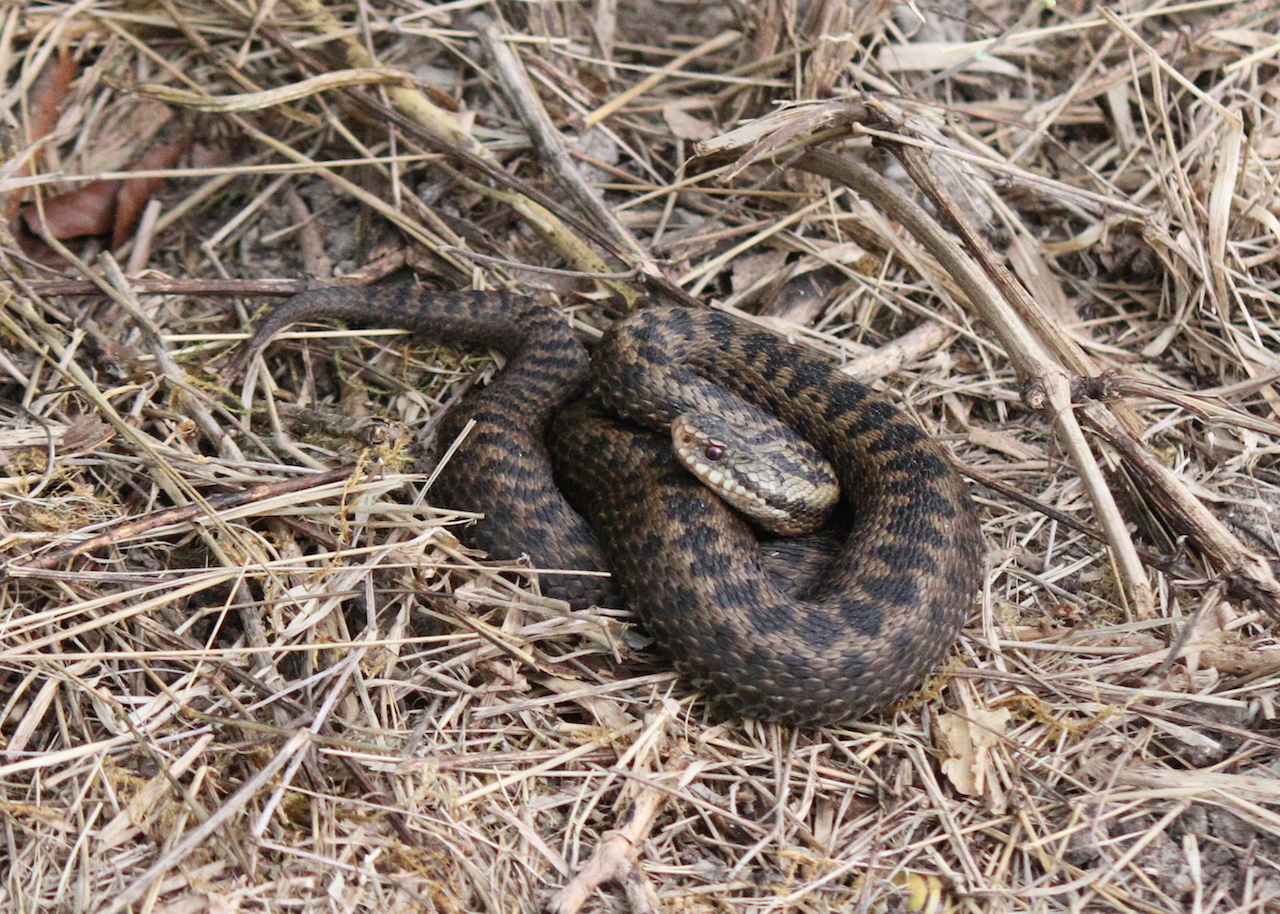
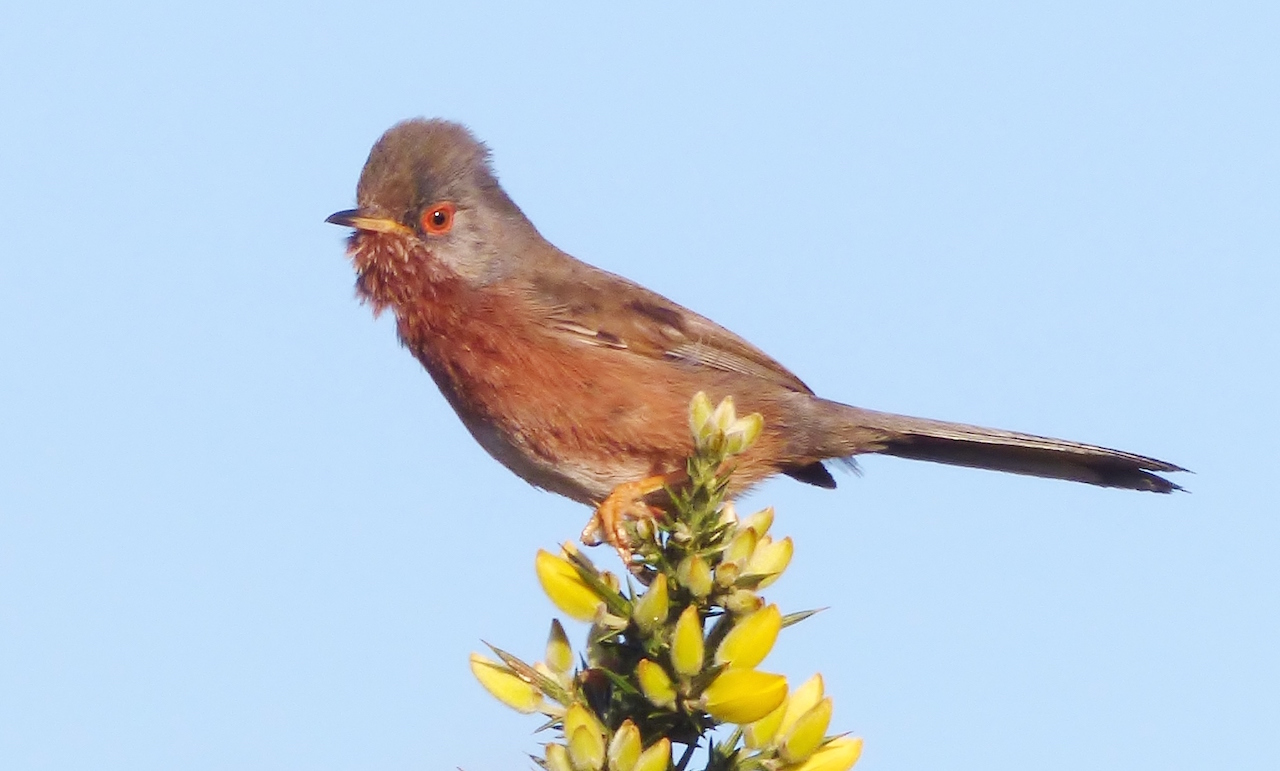
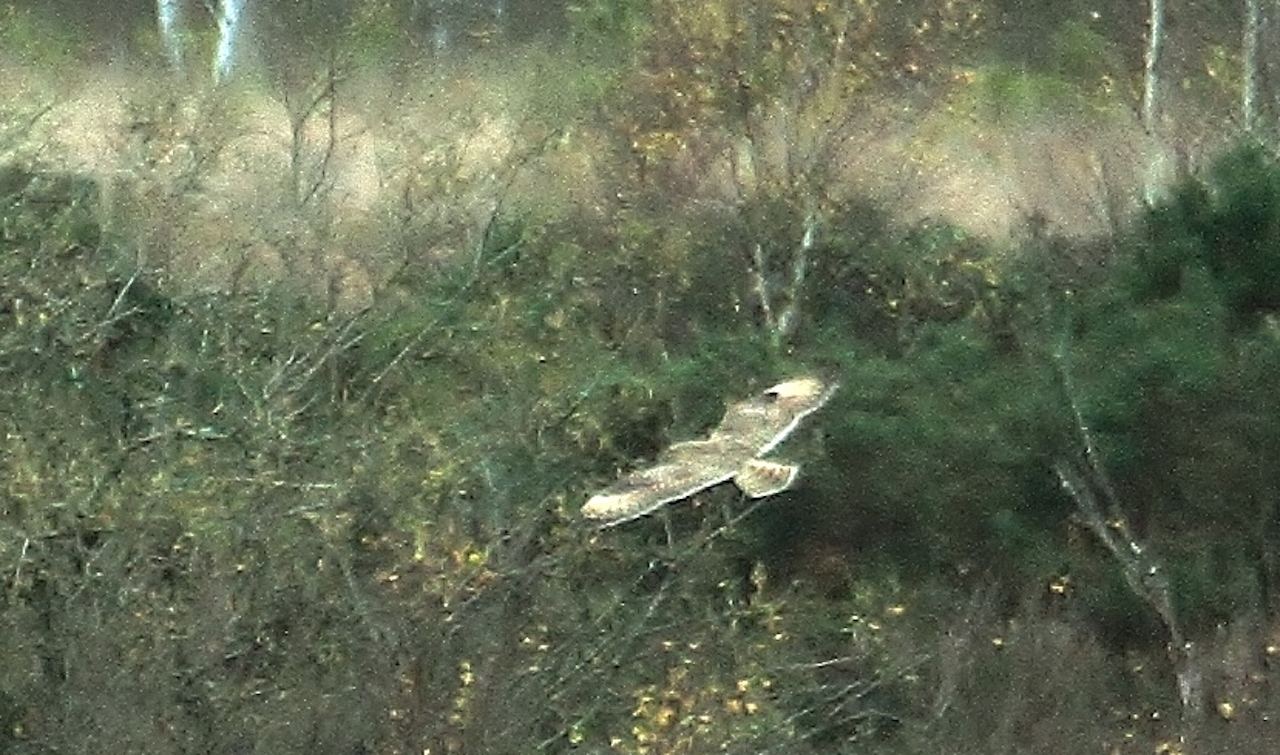

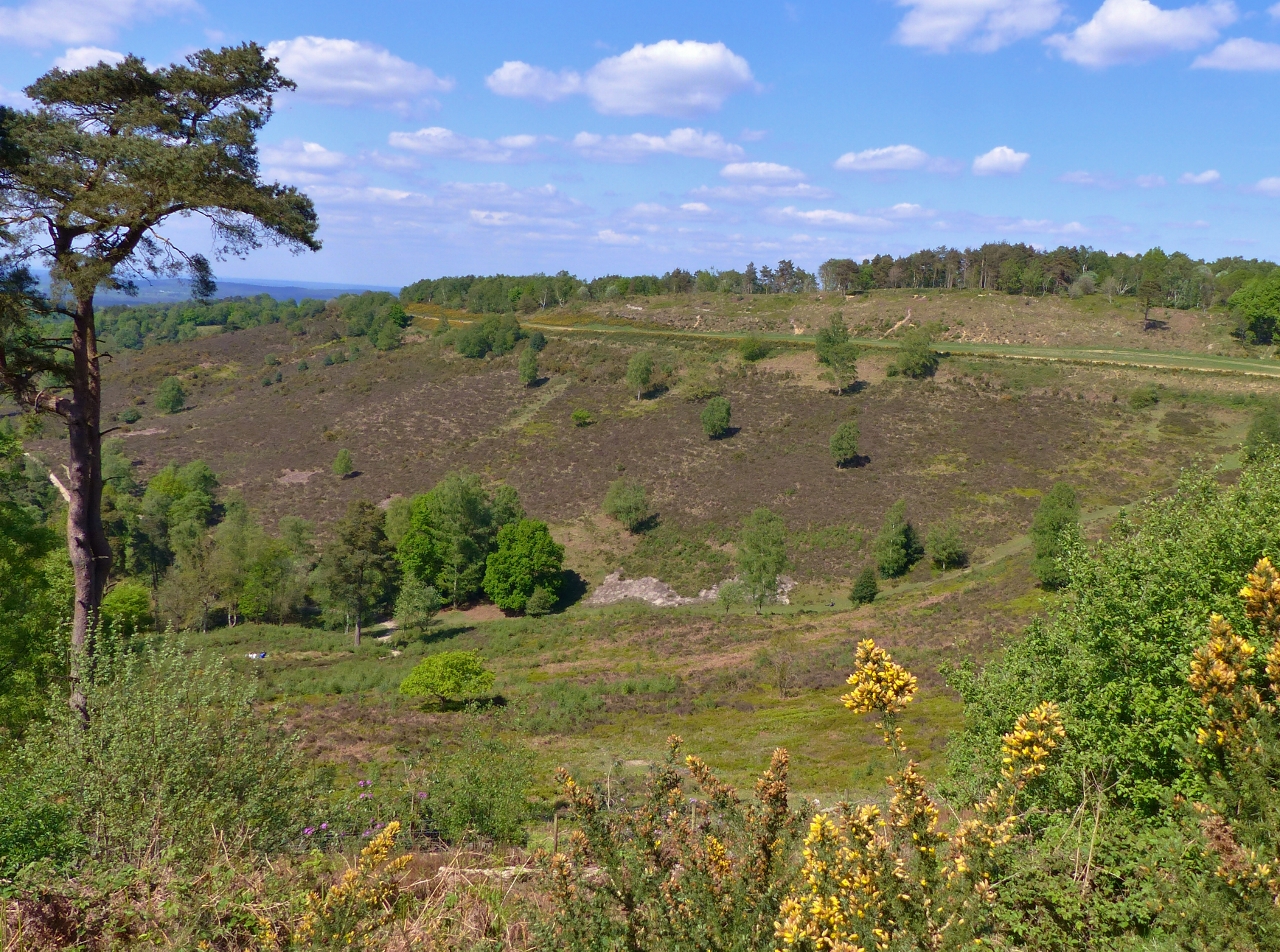






Martin Elliott
November 18, 2016 at 10:56 am
But the point is clearly made again; Lowland Heathland IS NOT a natural landscape.
“Lowland heathland is the product of thousands of years of partnership between humans and their grazing animals. ”
Without constant expense of continued human intervention, the land would revert to a truly natural landscape of bracken and scrub, a natural ‘invasion’ seen as a problem on many sites.
Another example of man’s arrogant protection of nature.
Keith Reeves
November 23, 2016 at 8:36 am
And the point is clearly made in the following paragraph that “Left to its own devices, this habitat would deteriorate, resulting in the loss of many much-loved species.”
Malcolm Fincham
November 18, 2016 at 10:51 pm
This is indeed the integral part of the argument; man versus nature. Perhaps we should let the land return to how it was, just after the last ice age, when over 75% of the UK became ‘naturally’ covered by trees? Maybe reintroduce wolves and European bison? Or maybe now just concrete over every patch where we find something growing?
Personally, I prefer doing our best, looking after what remains of the wildlife that we still possess.
Harry Eve
November 19, 2016 at 11:50 am
Humans are a product of, and part of, nature – but it is also worth distinguishing what would happen in a world without humans and call that “left to nature” even if it implies a degree of arrogance on our part.
“Left to nature” would reduce biodiversity in the short run, even with significant intervention by humans to reintroduce a balanced population of large grazing animals and their predators (which would be needed, as Malcolm points out). It would take time to achieve a new balanced landscape and it would never be the same as it would have become in the absence of humans.
Fortunately, humans (at least most of them) have evolved an appreciation of landscape and biodiversity, as well as old buildings and works of art, and recognise the need to put effort into conserving them.
James Sellen
November 21, 2016 at 11:11 pm
Malcolm, myself and many others enjoy and appreciate the stunning variety of wildlife that can be found on Surrey’s heathlands. These habitats offer an excellent opportunity for people to see iconic species such as Nightjars, Dartford Warblers – many of which are at the extreme edge of their usual breeding range.
This in turn helps to stimulate an interest in other wildlife and motivate people to support organisations that want to preserve our natural heritage for future generations. The RSPB’s State of Nature report ( https://ww2.rspb.org.uk/our-work/stateofnature2016/) and WWF’s recent Living Planet report (http://wwf.panda.org/about_our_earth/all_publications/lpr_2016/) graphically illustrate what needs to be done.
I strongly believe this is money well spent which has far reaching benefits not just for rarer breeding birds in Surrey but also for an increasingly rare habitat, associated biodiversity, peoples well being and as an important stimulation to the unique natural environments the UK has to offer. Surely, this can not be labelled ‘our arrogant protection of nature’?
Gordon Bridger
November 28, 2016 at 3:24 pm
I thank Malcolm Fincham for his very thoughtful response. Clearly we want to preserve our environment and bird species but two very difficult judgements have to be made.
One is under the present Special Protected Areas (SPA) policy on the assumption is that these birds are threatened by too many visitors and dog and therefore alternatives sites have to be found for humans. But there are only 894 bird nests on the 11 SPA’s and this works out at 10 hectares per bird nest.
Are we really to believe that visitors and dogs are a serious threat to these birds on such huge areas? In fact, speaking to Natural England expert on the emergence of Dartford Warblers on Ash ranges, he thought it was due to the expansion of undergrowth – never a mention of humans.
And then the wiping out of almost all birds on Whitmoor Common- only six nests identified in 2015 – was due to a cold spell of weather.
To a layman it seems most unconvincing that the main threat to humans are people and dogs. What are Malcolm’s views I wonder?
Then there is the cost – so far we have collected £5.2 million to protect these species. Is this reasonable? What is a reasonable figure per bird saved? £10 – £100 – £ 1,000- £ 10,000 – or even more in this case.
It is a very tricky issue and I would welcome balanced expert views.
Dennis Bloodnok
December 19, 2016 at 9:11 am
Reading these replies, it seems several points are being missed or deliberately obscured.
As has been mentioned, man is a product of this world and an integral part of its natural development. Heathland is a natural habitat since it is an ecosystem that has had time enough to find a balance; the fact that man is a part of that balance doesn’t make any difference.
The challenge of course is, as with so many habitats, to avoid or minimise changes that are so rapid as to upset the balance, making it impossible for affected species to adapt. We’re not trying to keep the environment in stasis, but rather allowing change to occur in a sustainable way.
Mr Bridger’s comments and questions are disingenuous, but worth tackling anyway. When a species’ population is low in any given area, there is a simple problem of statistics; the loss of one nest out of 894 is a significant proportion. Of course it is sensible to tackle the threats in order of severity, but short-sighted to ignore other problems just because they are lower down the list. Can you imagine the uproar if political policy decided to remove funding for treatment of meningitis just because it’s not one of the top 10 killers?
As Mr Bridger says, a layman may find certain arguments unconvincing. This is why the funding raised is not spent by laymen, but by specialists. Rather than put a price on each bird saved, better perhaps to put a price on a species preserved, and to reduce funding as the species claws its way back down the endangered list. If man has reaped historical financial rewards from irresponsible practices, surely it is “reasonable” to plough back some of those profits into protection of what remains. Unless you take arguments out of context, it’s not really a tricky issue at all.